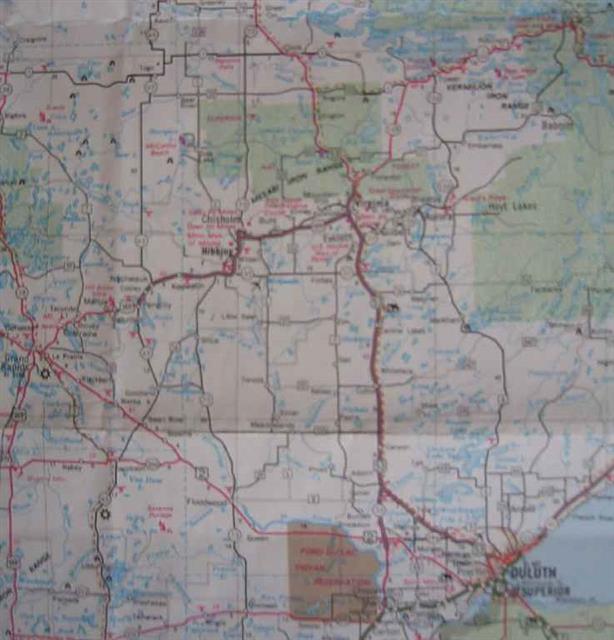PHOTOS FROM ARTHUR CARL PIEPKORN’S LIFE
Additional photos will be added as time permits.

Wedding photo?


With his parents at an early age. He attended a public elementary school through grade five, skipping one grade, and then a Lutheran parochial school for grades six and seven, and then skipped eighth grade because the parochial school did not have one, and enrolled at Concordia High School, which he attended from 1920-23, and then the two-year Concordia Junior College, which he attended in 1923-25. What follows is from the 1925 Yearbook, which is typed out below the photo.

ARTHUR PIEPKORN
Milwaukeee, Wis.
“Art,” our youngest member, whose forehead conceals a world of wisdom, is among the best scholars in the class. In literature and radio he is well-versed and occasionally he makes daring invasions into Assyrian and Mythology. He has the record of not having missed one period in his entire six years at Concordia. An unassuming, quiet chap is he, whose friendship is well worth gaining.”

In the summer of 1930 he took a positon with the Lutheran Hour, which required that he be ordained into the Sacred Ministry. This photo may have been taken shortly after he was ordained on the First Sunday in Advent, 1930.

Chisholm’s population, which was made up of a number of different ethnic groups and a small number of Scandinavians and Germans, had declined from 10,000 to 6,000 since 1900, partly because iron ore could obtained from South America.. Along with other town along the Mesabi Iron Range, Chisholm was in severe economic distress.
Hibbing, which had a population of about 15,000, is still the largest town in northeastern Minnesota. Bob Dylan lived there until he graduated from high school.
Grand Rapids, the largest town in north central Minnesota and hometown of Judy Garland (b. 1922) and the Center Director (b. 1937), is 30 miles southwest of Hibbing on Highway 2. Piepkorn attended Circuit Pastoral Conferences in Grand Rapids, and the Director’s home congregation gave mission money to Piepkorn’s congregation on at least two occasions.
The Mesabi Iron Range begins seven miles east of Grand Rapids and runs along Highway 2 through Hibbing and Chisholm to Eveleth, where the outdoor scenes for the movie “North Country” were taken. The Iron Range was severely depressed when Piepkorn arrived in the fall of 1933.

The front lawn consisted of mud after rain in the warmer months. The temperature dropped as low as 54 degrees below zero absolute while was there. (Wind chill readings were not used in those days. The Director remembers 56 degrees below zero absolute at the Government Dam outside of Grand Rapids. In the 90’s the temperature dropped to as low as 60 degrees below zero absolute in both regions.)
When Piepkorn arrived in the fall of 1936, he was only able to count nine bona fide communicant members and 20 baptized members (all who were baptized). When he left three years later, both figures had gone up ninefold. His parish consisted of 900 square miles and all roads were gravel.
Piepkorn also served a number of mission stations in surrounding towns and held worship services in the Civilian Conservation Corps Camp in the area.

Once you realize what Grace Church looked like, you will realize why Piepkorn commissioned Ellen Florence Roeder to do this triptych for the chancel. Martin Luther is shown in the left panel in full eucharistic vestments elevating the chalice. The Baptism of our Lord is shown in the right panel. A Christus Rex (“Christ the King”) crucifix is shown in the center.
Until World War I, when German Lutheran congregations made many changes in their churches and worship practices in order to look their churches and worship practices resemble those of their non-German neighbors, many if not most congregations of the Missouri Synod had crucifixes in their chancels. (Many of the crucifixes were moved to the sacristy, where they can still be seen.)
The triptych was installed in the chancel of the new edifice put up by Grace Church in 1949 (see the next photo). Later it was removed and returned to Piepkorn. For a while it was in the Concordia Historical Institute but was removed by Piepkorn’s widow after Piepkorn’s death. See “The Lost Triptych” page of this website for details.
IF YOU KNOW WHERE THE TRIPTYCH IS TODAY, PLEASE CONTACT THE DIRECTOR IMMEDIATELY. 860-478-6121

Grace Church put up a new edifice in 1949. It still stands today. For awhile the Ellen Florence Roder triptych adorned the sanctuary. Unfortunately this scan did not come out well. It will be replaced in the future.
For some reason the triptyche was removed at some point and returned to Piepkorn at his request. For awhile it was in the Concordia Historical Institute, but when Piepkorn died, his widow had it removed. None of the daughters know what Miriam did with it. For details on the triptych, see the “Lost Triptych” page of this website.
If you know where the triptych is today, please contact the Director immediately. 860-478-6121


